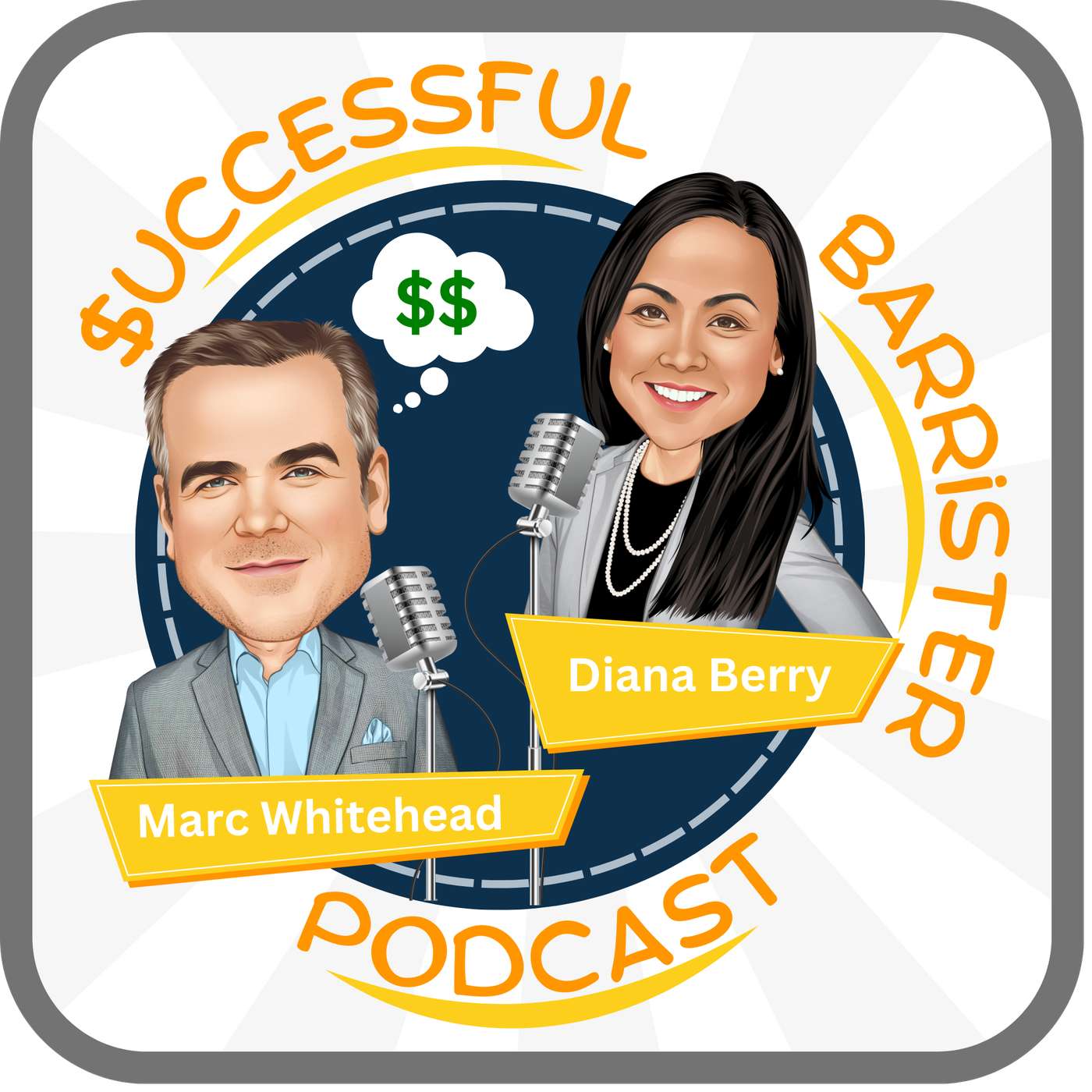Ep. 53 - Contingency Fees and Cash Flow Nightmares
Running a profitable law firm is one thing, but maintaining healthy cash flow is another. In this episode of The Successful Barrister, Marc Whitehead and Diana Berry dive into the numbers behind law firm management, specifically focusing on the cash strategies outlined in Verne Harnish’s book Scaling Up. While EOS offers a solid framework for team health and traction, it doesn’t address the cash side of business—so Marc and Diana walk through the cash flow tools they’ve adopted from Scaling Up and how they apply them inside a real-world law practice.
From the timing of contingency fees and billing delays to operating expenses and bad-case inventory, they break down the entire cash conversion cycle. You’ll learn how to reduce collection lag, manage vendor terms, and forecast cash more effectively. Whether you're running a contingency-based firm, charging flat fees, or billing hourly, this episode offers a toolkit for tightening up your cash position, improving profitability, and avoiding the all-too-common trap of being profitable on paper but broke at the bank.
For detailed show notes, navigate using the timestamps below:
[0:00] Marc and Diana kick off a Friday recording session and introduce the focus of today’s episode: cash flow inside law firms and what EOS doesn’t cover.
[00:50] EOS vs. Scaling Up—why Marc incorporates Scaling Up’s cashflow tools at the finance committee level to fill in financial gaps.
[04:38] Profit isn’t cash. After taxes, credit payments, and case expenses, your bank balance may look very different than your P&L.
[09:45] Contingency-based firms often face long delays between finishing work and getting paid. Meanwhile, overhead and draws keep draining cash.
[15:40] The Cash Conversion Cycle tracks every step from initial spend to final payment. Each phase—sales, delivery, billing, collections—can be optimized.
[23:12] The seven levers of cash flow: pricing, volume, direct cost, operating expenses, receivables, inventory, and payables. Small adjustments can yield big results.
[35:48] Marc’s firm uses a 13-week cashflow forecast and weekly dashboards to monitor real-time cash. It’s about anticipating—not reacting.
[41:55] Final metrics to watch: time on desk, unreimbursed costs, budget vs. actuals, and line of credit usage. These indicators help you stay ahead of cash problems.
Successful Barrister website: www.successfulbarrister.com
Marc Whitehead & Associates: www.disabilitydenials.com
Scaling Up by Verne Harnish: www.scalingup.com/book
Contact Marc Whitehead: marc@marcwhitehead.com






